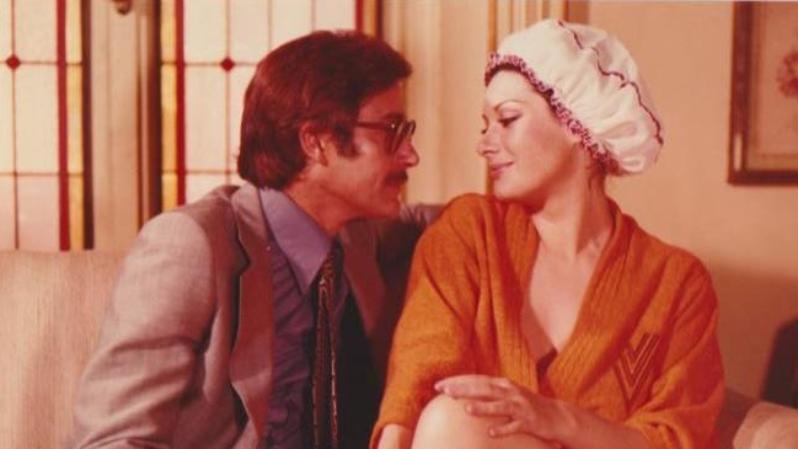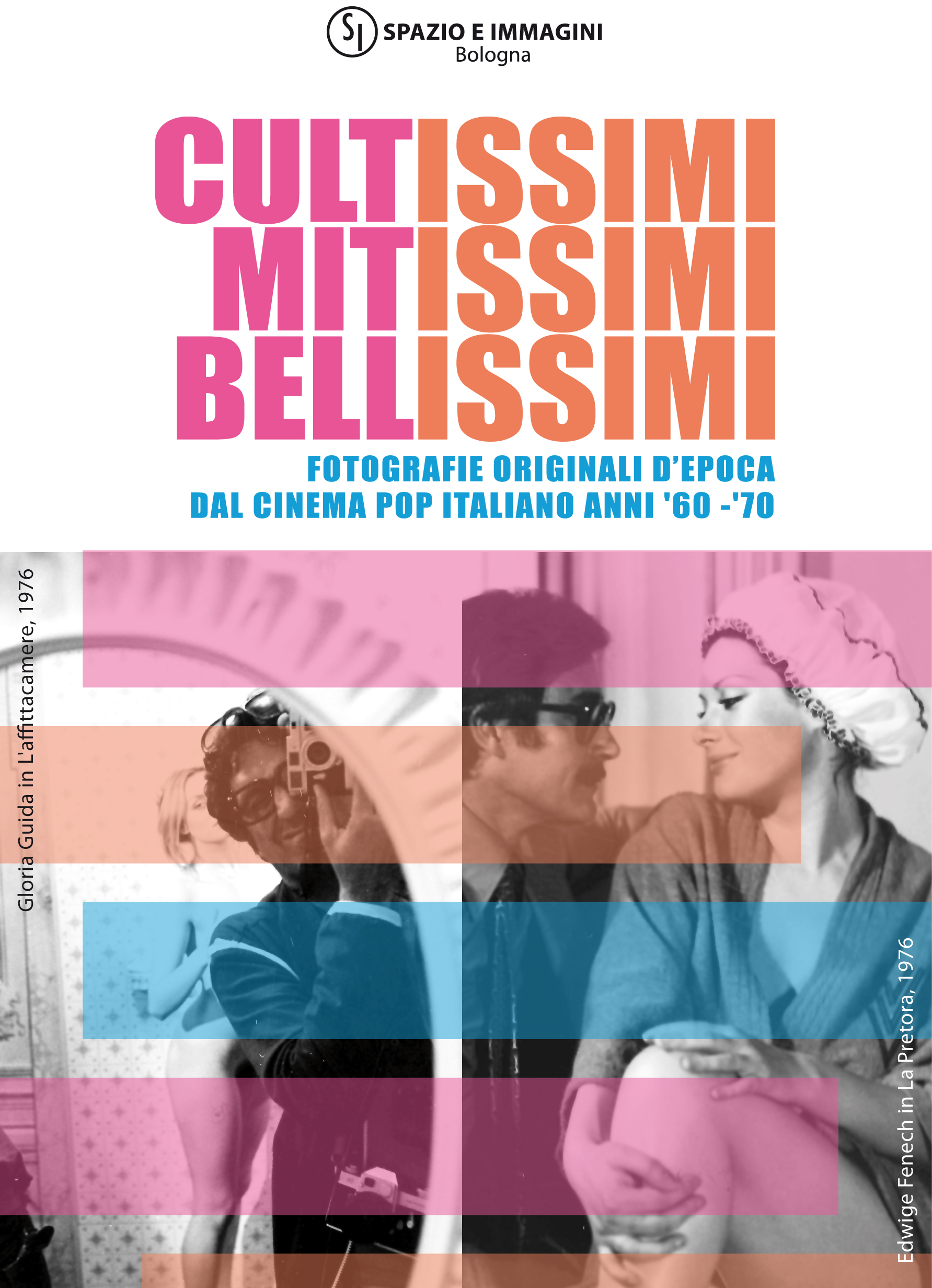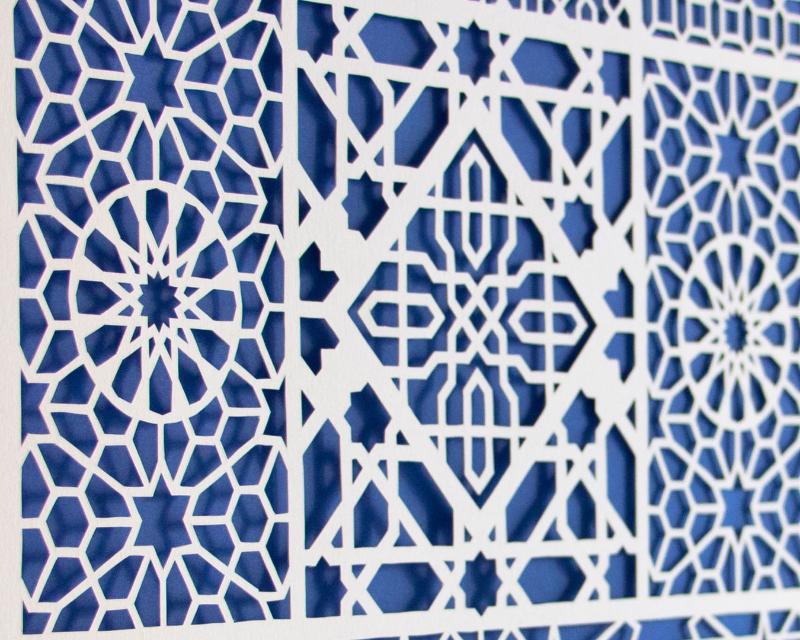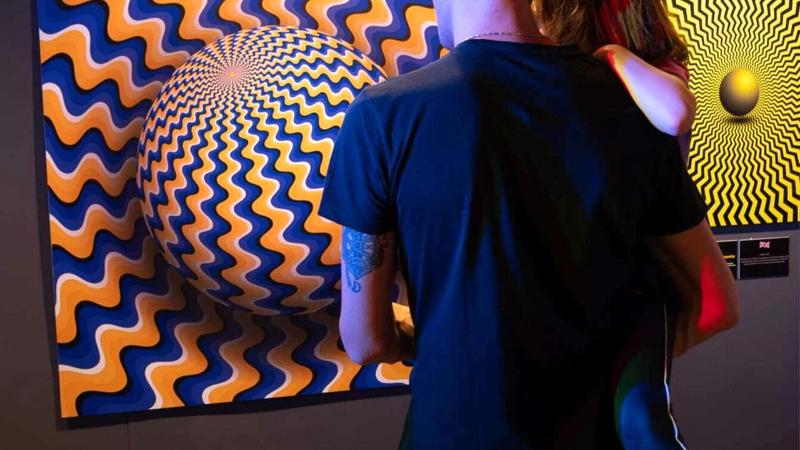Curated by Matteo Giacomelli The exhibition CULTISSIMI - MITISSIMI - BELLISSIMI presents a selection of 30 photographs of the scene of Italian Pop cinema from the 1960s and 1970s, selected from a collection of 300 original vintage prints available in the gallery.
The exhibition focuses on the quality of stage photography and some authors including Divo Cavicchioli, Antonio Casolini, Mario Mazzoni and others, active in this area with exemplary films of genre cinema and Italian comedy of the 60s-70s . A joyful hymn to life in historical costumes emerges from the photos of the films of the Boccaccesco comedy, inaugurated by Pasolini with the Decameron.
These are the Decameroticus, or the Sollazzevoli Storie di Mogli Gaudenti e Mariti Penitenti and also Metti lo Diavolo Tuo ne lo Mio Inferno, all three films of 1972, where the historical comedy is read according to a licentious, and grotesque cliché. Therefore, The 70s happily pass up the label of “Anni di Piombo” by claiming to belong to an era of long legs and joyfully exhibited breasts. The beautiful Laura Antonelli, Il Merlo Maschio - 1971, Edwige Fenech, La Pretora - 1976, Gloria Guida, L'Affittacamere - 1976 and Sydne Rome, La Sculacciata - 1974 are immortalized by the lens of the stage photographers on the sets of the Italian Sexy Comedy, contributing with these images to build the myth. Elsewhere, as a dimension of finally achievable desire, an exotic film strand flourishes like in the Seychelles Laura Gemser’s in Free Love -1974, or in the Caribbean Nadia Cassini’s in Il dio Serpente -1974. In this film, photography shows paradisiacal places inhabited by animistic forces, as in the evanescent color stage photo in which Cassini's body merges with the sea sand. In ‘68 politics enters the scene as forcefully as in the films Sai Cosa Faceva Stalin alle Donne ? - 1968 and Italiani! E’ Severamente Proibito Servirsi della Toilette Durante le Fermate - 1969 , played between Resistance nostalgia, the crisis of communism, and consumption induced by the new cultural industry. A case in itself, remains the film Blue Movie - 1978, by Alberto Cavallone, addressed with images of the body-commodity where the colour stage photography immortalizes cans of drinks, as emblem of consumerism. The 1977 drama Blue Nude offers director Scattini the cue to investigate the environments and faces of American red adult industry while the 1960 film Il Mulino delle Donne di Pietra constitutes a happy example of genre creativity as the first Italian film horror-fantastic in colour. Questo Mondo Proibito - 1960, however, a documentary-investigation signed by Salvatore Quasimodo and Alba De Céspedes, is affected by the echo of the Mondo-Movie by Jacopetti and Prosperi , while the cultured reading of some aspects of modern sex life filmed in direct is rapresented, by a scene photograph aware of the assault photojournalistic reportage. The stage photography gives back . the peculiar characteristics of the interiors of the time, often in colour and is itself a work of art, which has fixed a certain Italian society, now distant and perhaps lost, on bary paper. These are photographs where the interiors wink at the objects and fashions of Italian design that would conquer the world in those years.
Here the exuberance of au naturel bodies is returned , if not as absolute freedom, at least as grace in dishabille. These stage photographers, working both in the committed cinema but also for the Pop Cinema, have set in images of great value a cinema that is apparently simple but on closer inspection, turns out to move between inventing genres and experimenting with language without interruption.
Map
CULTISSIMI-MITISSIMI-BELLISSIMI. Original vintage photos from the Italian pop cinema of the 60s and70s
Via Solferino 6/A
40124 Bologna
Telephone: +393389776097
Email: spazioeimmagini@libero.it
Site/minisite/other: https://www.spazioeimmagini.com
Entrance
free
Timetables
| Tuesday | 3.30pm- 7.00pm |
| Wednesday | 3.30pm- 7.00pm |
| Thursday | 3.30pm- 7.00pm |
| Friday | 3.30pm- 7.00pm |
| Saturday | 3.30pm- 7.00pm |
It is advisable, however, to make an appointment, one person at a time with mask is allowed to enter the gallery





